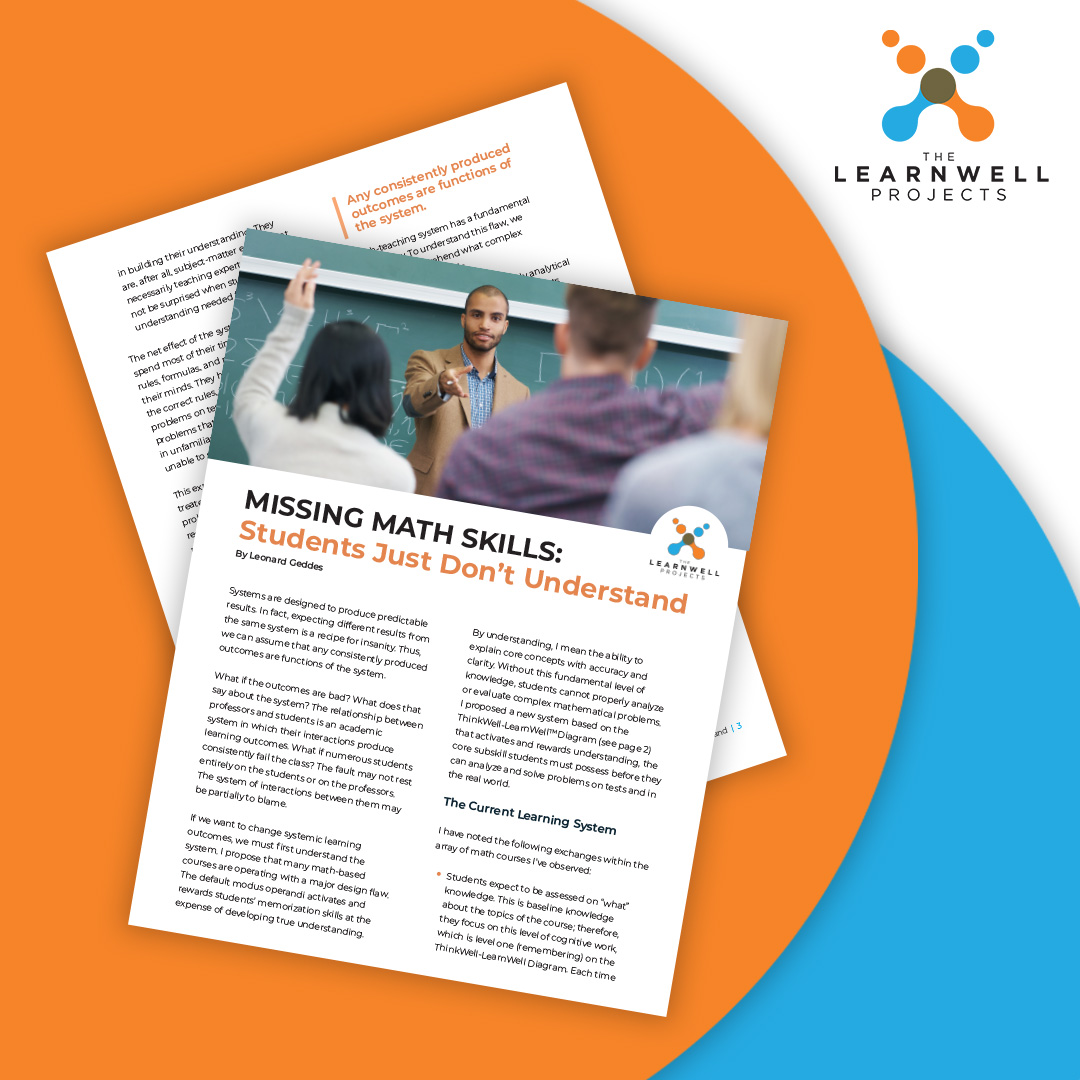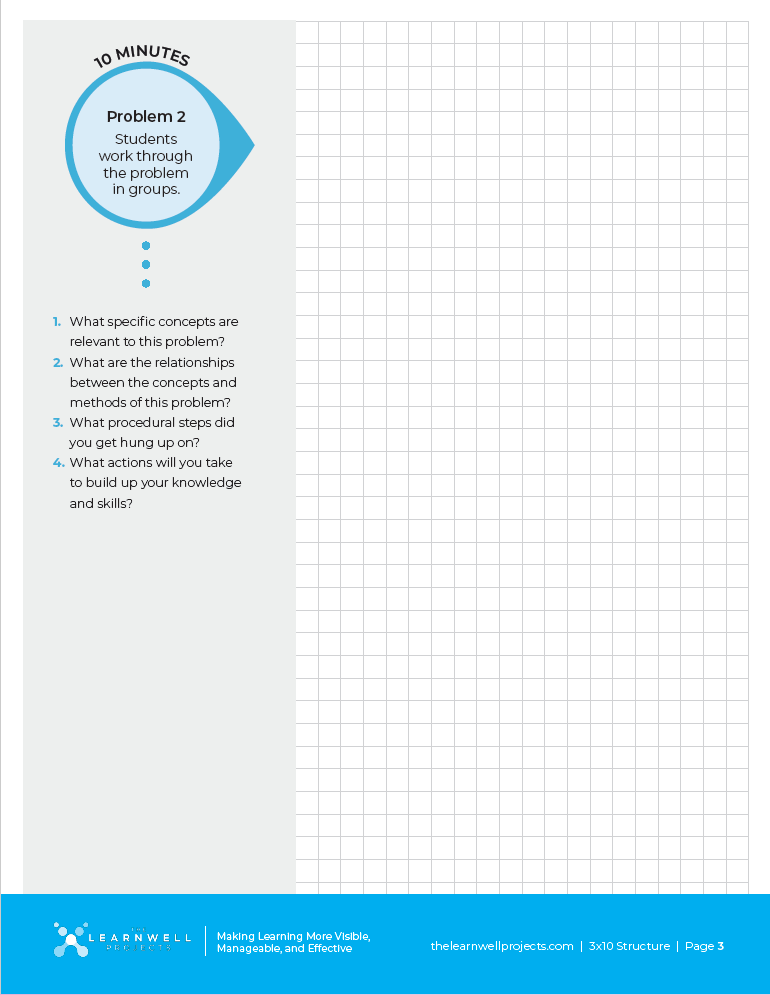What if the outcomes are consistently bad? Then the system needs a redesign.
To change the outcomes, we must understand how they and the elements of the course systematically interact with each other. Once we appreciate these exchanges, we can create a new system that produces better outcomes.
The net effect of this system is that students spend most of their time memorizing rules and methods. They hope to match the correct rules and methods to problems on tests. When they are faced with problems that they’ve not previously seen or in unfamiliar contexts, they are unable to solve these problems.
This experience may leave them feeling treated unfairly because the tests required them to solve problems they hadn’t encountered in class. As a result, they pressure professors to devote even more class time to problem-solving. The cycle repeats and produces consistently poor outcomes.
Students do not sustain this system alone. Professors reinforce the flawed system by working through problems in class without explicitly and strategically covering key concepts. With modest changes, however, professors can position students to produce satisfactory course learning outcomes.
For example, before students can begin solving a complex problem, they must first analyze all relevant information, including explicitly expressed information and implied elements. Then they must decide which concept(s), rule(s), or method(s) are appropriate given the specific context of the problem. Levels four and five of the diagram represent this type of cognitive work. Keep in mind that this activity occurs before students can solve the problem, which is level three of the diagram.
Since professors are currently working through approximately three problems in a fifty-minute class, I created a similar structure with some strategic changes. I call it the 3×10 structure. The objective is to cover three problems in class with a different distribution of labor.
The professor divides class into five ten-minute blocks:
- The professor covers the “why” of key concepts. This is level two of the ThinkWell-LearnWell™ Diagram.
- The professor works through problem 1 while students observe.
- Students divide into groups to work through problem 2.
- Students work individually on problem 3.
- The professor reviews the key concepts and answers questions.
To learn more about the 3×10 structure and the ThinkWell-LearnWell Diagram, download “Missing Math Skills: Students Just Don’t Understand. ”

Your thoughts matter! The first 20 thoughtful responses will get a digital copy of the 3X10 Worksheet. This resource will help students solve math-based problems better and more independently.



0 Comments